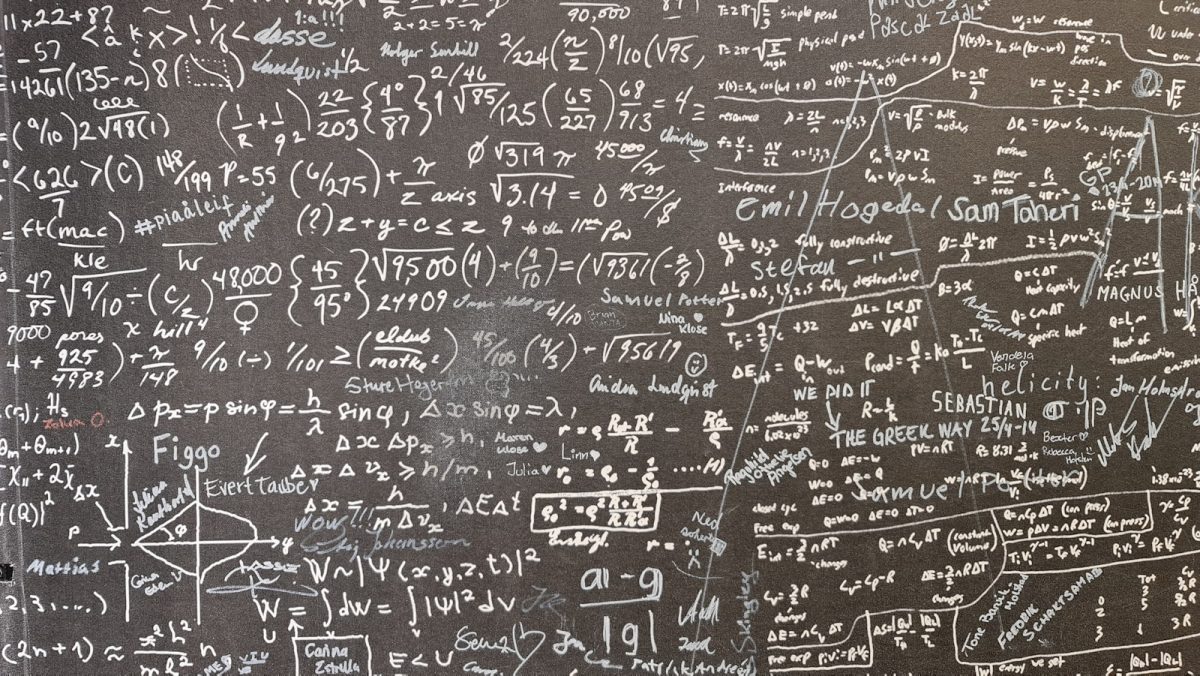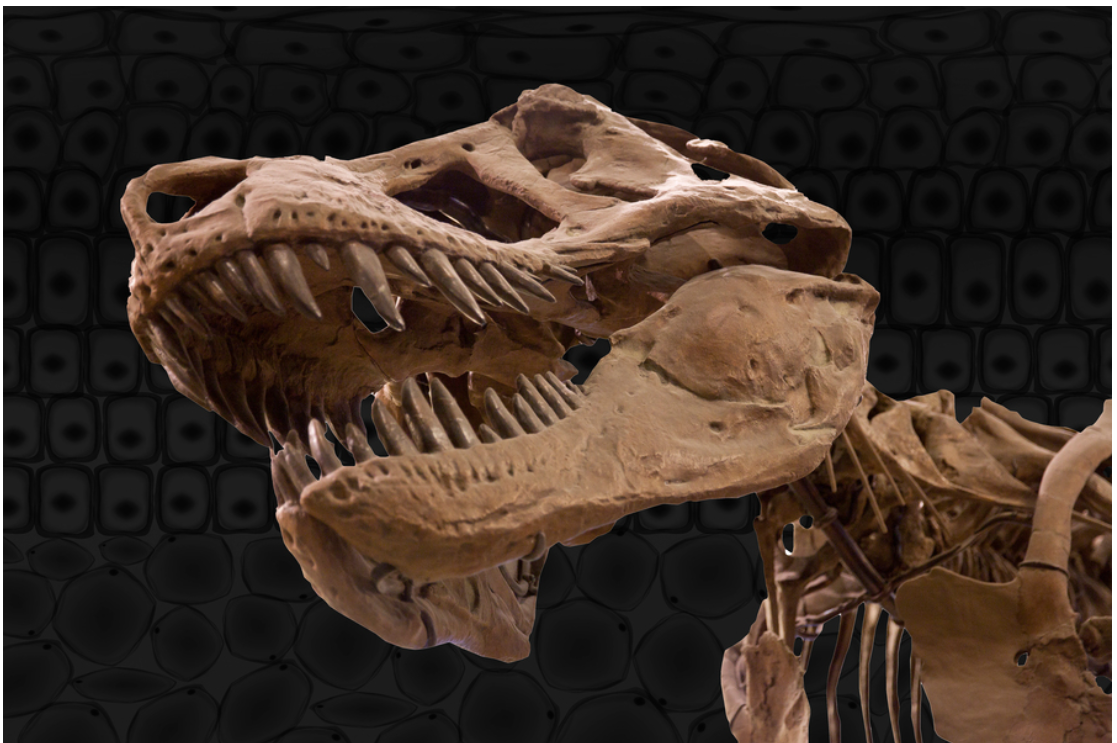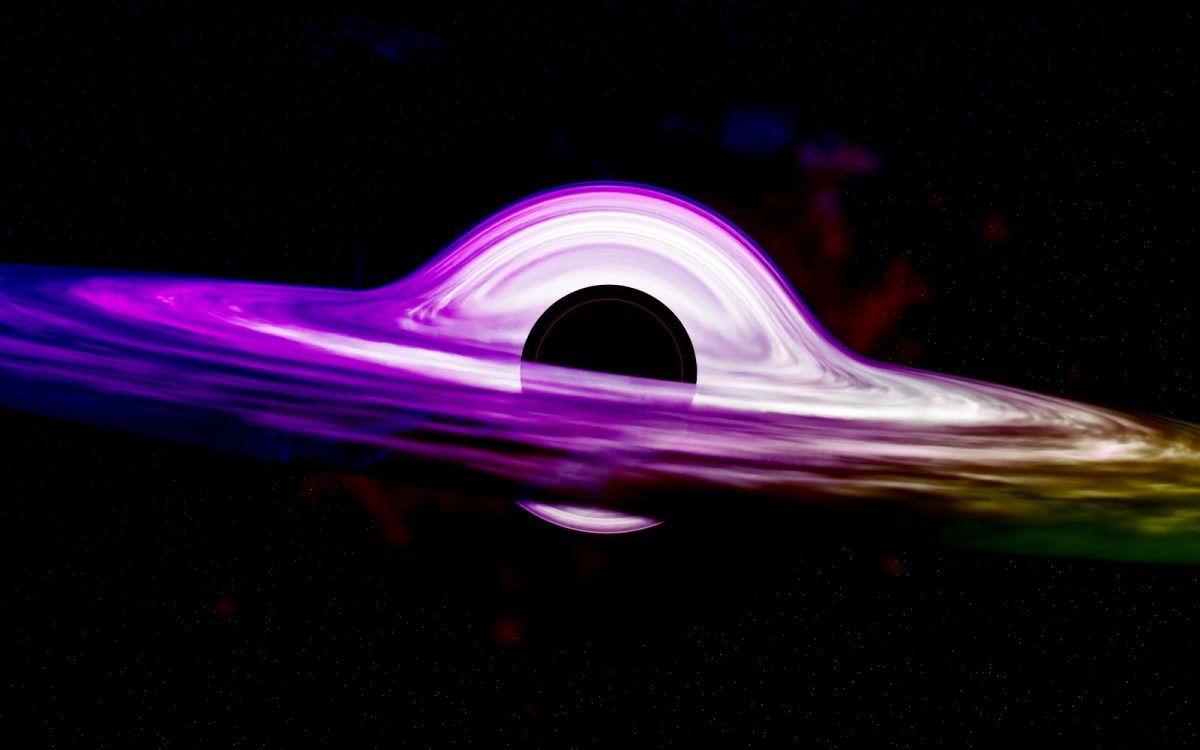When you think of a paper airplane, you think of a piece of paper with folds in it that either glides or goes a long distance. It’s easy to make, and there are many versions to choose from. However, how does it work? How does it fly?
It was first made when people needed to make paper models of airplanes to test before building the real thing. In World War II, kids made airplanes out of paper instead of plastic because all the materials were rationed.
Here are the four main forces (called aerodynamic forces) that allow a paper airplane to fly:
- Thrust is the force that moves a paper airplane forward.
- Lift helps the plane stay in the air and move up. The larger the wing, the more lift there is.
- Gravity is the force that causes a paper airplane to go down. No plane can stay in the air forever.
- Drag is the force that slows a paper airplane down. It’s caused by the tail.
Here are some links you can use for more info: https://www.cheapflights.com/news/science-of-flight-paper-airplanes https://www.e-aircraftsupply.com/the-science-behind-paper-airplanes/
This relates to engineering because you have to think of the shape, size, type of paper, the way you throw a paper airplane, etc. You also have to take into account the four aerodynamic forces. People who made airplanes also used paper airplane models for the big airplanes, therefore used in engineering and relates to engineering.












